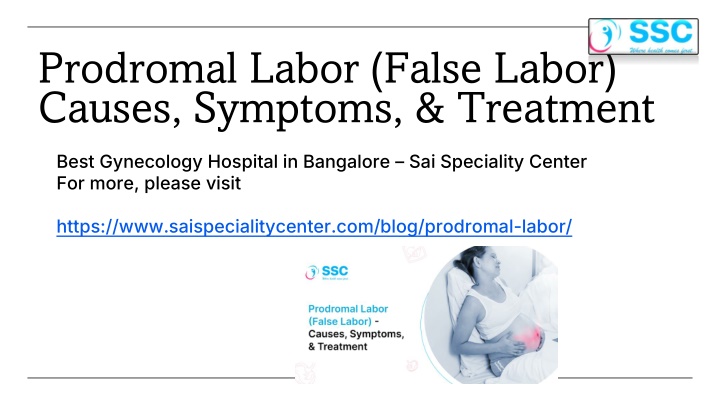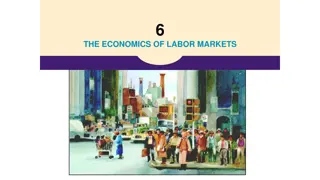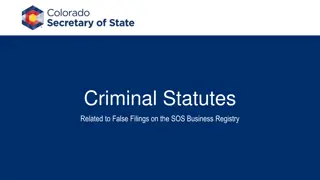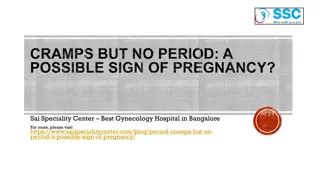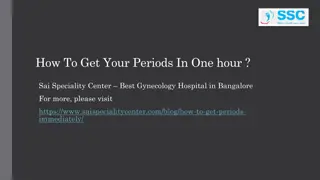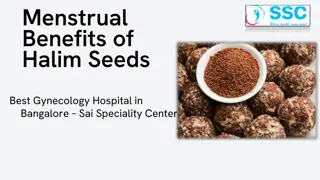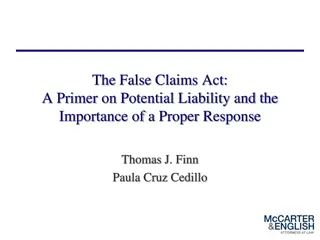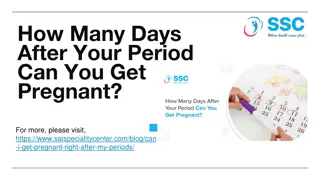Prodromal Labor (False Labor) - Sai Speciality Center
Prodromal labor is a false labor stage in pregnancy where painful contractions occur but donu2019t intensify or get closer together like true labor.
Download Presentation

Please find below an Image/Link to download the presentation.
The content on the website is provided AS IS for your information and personal use only. It may not be sold, licensed, or shared on other websites without obtaining consent from the author.If you encounter any issues during the download, it is possible that the publisher has removed the file from their server.
You are allowed to download the files provided on this website for personal or commercial use, subject to the condition that they are used lawfully. All files are the property of their respective owners.
The content on the website is provided AS IS for your information and personal use only. It may not be sold, licensed, or shared on other websites without obtaining consent from the author.
E N D
Presentation Transcript
Prodromal Labor (False Labor) Causes, Symptoms, & Treatment Best Gynecology Hospital in Bangalore Sai Speciality Center For more, please visit https://www.saispecialitycenter.com/blog/prodromal-labor/
AGENDA What is Prodromal Labor? Prodromal Labor vs. Real Labor Prodromal Labor vs. Braxton Hicks Causes of Prodromal Labor Symptoms and Feelings of Prodromal Labor Managing Prodromal Labor When to Call the Doctor Key Takeaways About Prodromal Labor
What is Prodromal Labor? Timing During Pregnancy Difference from Real Labor Definition Prodromal labor Prodromal labor is a type of false labor characterized by contractions that feel like real labor but do not cause cervical dilation or effacement. It typically occurs in the third trimester, often in the final weeks before the due date, as the body prepares for actual labor. Unlike real labor, prodromal contractions do not increase in strength or frequency and do not progress to delivery.
Prodromal Labor vs. Real Labor Prodromal Labor Characteristics Real Labor Characteristics Contractions maintain the same strength and regular timing, do not cause cervical changes, often stall, and do not result in delivery. Contractions increase in strength and frequency, cause cervical dilation and effacement, progress steadily, and culminate in childbirth. Real: Ends with the baby s delivery. Prodromal: Doesn t lead to birth Real: Continues to progress until delivery. Prodromal: Stalls or stops Real: Cervix dilates and effaces Prodromal: No dilation or effacement Real: Contractions come closer and closer together. Prodromal: May stay regular but doesn t get closer together Real: Gets stronger over time. Prodromal: Stays the same intensity
Prodromal Labor vs. Braxton Hicks Stronger and more regular contractions, occurring every 5 to 10 minutes and lasting up to a minute. Prodromal Labor Contractions Contractions mimic real labor but do not increase in intensity or lead to cervical dilation. Continue despite rest, movement, or hydration changes. May cause noticeable discomfort or cramping similar to early labor. Mild, irregular, and unpredictable contractions. Braxton Hicks Contractions Often go away with position changes, rest, or hydration. Do not follow a consistent pattern or timing. Do not cause cervical changes or progress labor.
Causes of Prodromal Labor Baby's Position Hormonal Changes Uterine Irritability If the baby is in a breech or less ideal position, the uterus may contract to encourage movement, sometimes causing prodromal labor contractions. Natural hormonal shifts toward the end of pregnancy stimulate the uterus, leading to early contractions that prepare for labor. The uterus can become more sensitive and prone to occasional contractions as it prepares for the upcoming labor process. Physical Factors Emotional Triggers Previous Pregnancies An uneven pelvis or unique uterine shape can increase the likelihood of prodromal contractions as the body adjusts. Stress, anxiety, or fear related to childbirth or personal matters can trigger or worsen prodromal labor contractions. Women with multiple pregnancies may experience prodromal labor more often due to changes and adaptations in the uterus over time.
Symptoms and Feelings of Prodromal Labor Contraction Duration & Timing Abdominal Tightening Cramping and Mild Pain A firm or tightening sensation across the front of the belly, often described as a consistent pressure or hardness. Mild cramping or discomfort that remains steady and does not increase in intensity over time, unlike true labor contractions. Contractions may last about 60 seconds and occur every five to ten minutes but do not become more frequent or stronger. Back Pain & Pelvic Pressure No Cervical Changes A dull ache in the lower back and a feeling of heaviness or pressure in the pelvic area are common symptoms. The cervix does not dilate or efface during prodromal labor, which distinguishes it from active labor and requires a medical check for confirmation.
Managing Prodromal Labor Warm Showers for Relaxation Rest and Hydration A warm shower helps soothe uterine contractions, relax muscles, and reduce discomfort during prodromal labor. Resting or napping when tired and drinking plenty of water keeps your body strong and helps manage contraction intensity. Light Activity Calming Techniques Gentle activities like slow walking or light stretching can ease tension and improve circulation without overexertion. Engage in deep breathing, meditation, listening to music, or reading to reduce stress and emotional fatigue during this phase.
When to Call the Doctor Signs of Labor Progression Call your doctor if contractions become stronger, more frequent, and closer together, lasting over a minute and occurring every five minutes or less for more than an hour. Warning Symptoms Seek immediate medical care if you experience constant lower back pain, inability to walk or talk through contractions, or notice your water breaking (gush or trickle). Bleeding and Spotting Contact your healthcare provider right away if you see light spotting, lose your mucus plug, or have bright red bleeding at any time during late pregnancy.
Key Takeaways About Prodromal Labor Prodromal labor Prodromal labor involves early contractions that mimic real labor but do not progress to delivery. It can be emotionally and physically challenging due to ongoing discomfort and uncertainty. Recognizing the difference between prodromal and active labor empowers you to manage symptoms calmly. Always listen to your body, reach out to your healthcare provider when in doubt, and prioritize self-care and support as you prepare for your baby s arrival.
Thank you Thank you For more details, please visit - https://www.saispecialitycenter.com/ To book an appointment Phone: 99019 25700, 80887 01001 Email: saispecialitycenter.helpdesk@gmail.com Address : 201-1,1st A cross, 2nd Main Road, East of NGEF Layout, Kasturi Nagar, Bengaluru, Karnataka 560043
